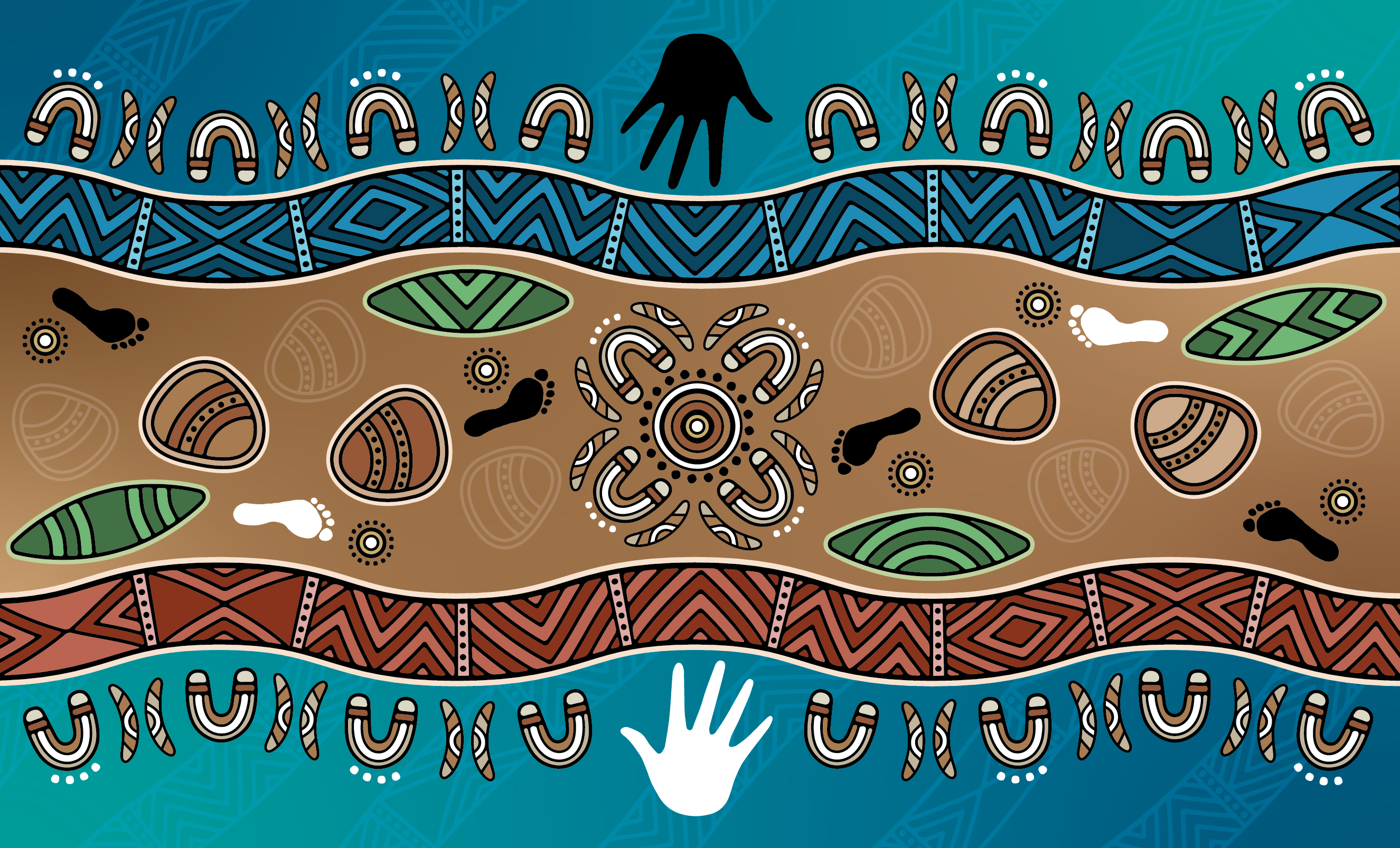ANZCA’s Innovate RAP
Our vision for reconciliation is to lead safe and high-quality patient care in anaesthesia, perioperative medicine, and pain medicine that’s culturally safe and equitable, and to empower Aboriginal and Torres Strait Islander peoples to train and have flourishing professional careers in these fields.
To progress this vision, our RAP details over 90 deliverables for the college to progress over the next two years across all areas of our operations and through the core RAP pillars of relationships, respect and opportunities. We encourage you to take a look at the RAP and think about how you can contribute to the reconciliation journey.
What we've learned so far
The ANZCA RAP was launched in February 2023. Over the first year of our RAP we have implemented, continued to action, and began work on the majority of deliverables outlined in our RAP. Some of the achievements, challenges and learning across the RAP framework over the first year are described in this report.
About the artwork
Artist: Bitja (Dixon Patten)
Tribes: Gunnai, Yorta Yorta, Gunditjmara, Dhudhuroa, Yuin, Djab Wurrung, Wemba Wemba, Wadi Wadi, Yuin.

The art honours the importance of stillness and to deep listen to our breathing. Mother earth provides everything in perfect balance so that life is possible through our ability to breathe. Stillness gives us the opportunity to sit in reflection, to listen to our thoughts; allowing us to take in the good and release the bad.
It also honours anaesthetists and pain medicine specialists and their role in our healing journeys. Whenever society needs operations and surgical procedures, an anaesthetist’s duty is to keep us alive and to monitor our breathing.
The centre circle and ‘U’ symbols represent the Australian and New Zealand College of Anaesthetists (ANZCA) coming together to learn about First Nations cultures and our collective values and wisdoms influencing their journey in connecting to our communities on a deeper level.
The river (blue path) represents cleansing and one's journey. The earth (red ochre path) represents being grounded and still. Both elements work symbiotically together and are the reason we can live, survive and thrive. The patterns in the river and earth pathways represent breathing in and out, our heart rate going up and down and the electrocardiogram patterns.
The black and white footprints and handprints represents ANZCA’s reconciliation journey.
The gum leaves represent being welcome and growth.
The stones represent healing.
The outer ‘U’ shape symbols represent the wisdom holders, our old people (elders and ancestors).
Related documents
Key documents relating to the ANZCA Reconciliation Action Plan and Aboriginal and Torres Strait Islander health.
Explore this section
Our college recognises Te Tiriti o Waitangi as a foundational document that not only shapes the historical and cultural landscape of Aotearoa New Zealand but also informs our approach to medical education, research, and community engagement.
The Indigenous health workforce in Australia and Aotearoa New Zealand is integral to ensuring that the system has the capacity to address the needs of Aboriginal, Torres Strait Islander and Māori peoples.
Find out how we're involving Aboriginal, Torres Strait Islander, and Māori communities in policy development and decision-making, and joining forces with medical colleges around Australia and New Zealand to advocate for Aboriginal, Torres Strait Islander and Māori health.
Explore some of the measures we're taking to create a culturally safe environment for Indigenous Australian and Māori patients and doctors.
In 2023 ANZCA commissioned tohunga Mark Kopua (Te Atianga a Hauiti) to create this special karakia to provide pre-surgery comfort to patients and their families and whānau.
